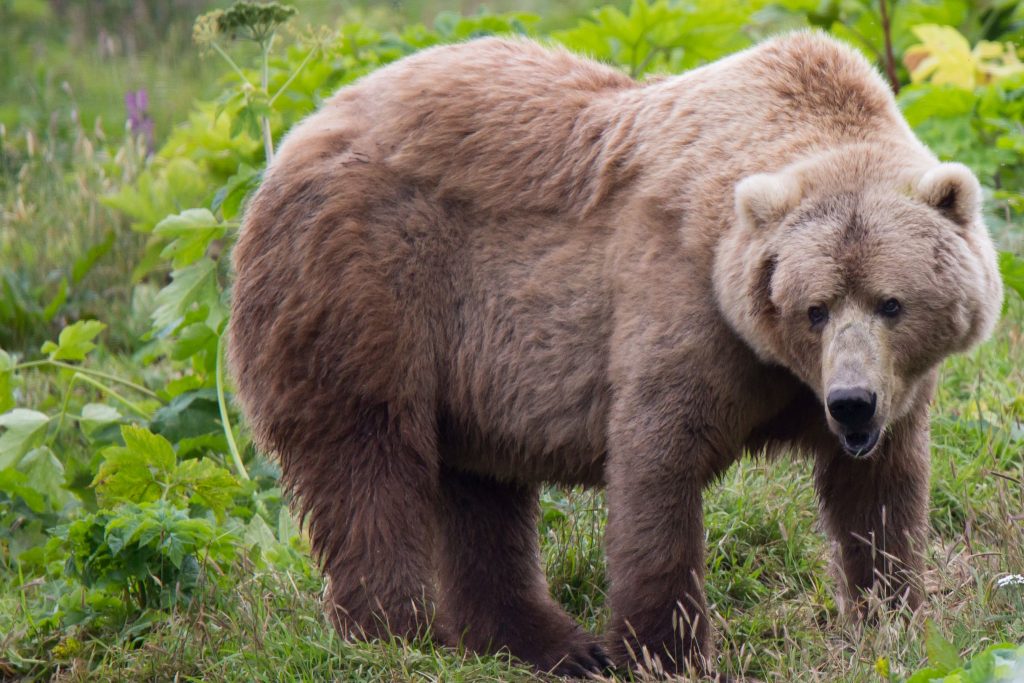Many federal agencies have been on the public’s radar during the last few months of the pandemic. The Department of Interior has not. We think it should be.
“Some of the most cruel hunting practices again will be allowed on federal lands in Alaska.”
A look at what the agency has been doing will disturb most of us who care about wildlife and want to see these animals protected. We’ve long said that there’s a “War on Wildlife”. It’s a catchy phrase, but here are some specific examples of recent actions taken by the Interior Department, and its United States Fish and Wildlife Service (USFWS) and National Park Service.

Here are the particulars; you can decide whether the alliteration used in the title of this piece is accurate or overblown:
- The Migratory Bird Treaty Act is a bedrock law dating to 1918 and protects the birds’ environment as well as about 1,000 species of birds themselves. Early on in this administration, the agency issued a Solicitors Opinion that essentially gutted the protections and handed industry a huge pass. No longer would “incidental takings” from industrial activities be considered a violation. Instead the government would have to prove an intent to harm the birds. Earlier this month, the USFWS released its Draft Environmental Impact Statement, a critical step in making the Opinion a reality. “This administration is churning out policies that make it easier to kill birds”, according to the National Audubon Society CEO, and “only accelerating its effort to shred valued American conservation protections.” Lawsuits challenging the Opinion are pending. The Migratory Bird Protection Act (H.R. 5552) has been voted out of Committee, and the number of co-sponsors has increased by over 25% since the Draft EIS was issued.
- Some of the most cruel hunting practices again will be allowed on federal lands in Alaska. The impact on wildlife is significant: the federal government is the largest landowner in this largely wild, unspoiled state, with holdings of 223.8 million acres. These two recent developments have been based on a blind deference to state hunting policies:
- The National Park Service overturned a 2015 ban on the most egregious hunting practices in a final rule published June 9, effective July 9. This headline captures the worst of the worst practices: “Baiting grizzly bears with doughnuts soaked in bacon grease, using spotlights to blind hibernating black bears and their cubs, gunning down swimming caribou from motorboats”
- Completing the one-two punch, USFWS published a proposed rule two days later, this time aimed at brown bears, which would reinstate baiting in the almost 2 million acres of Kenai National Wildlife Refuge. This comes at a time when some wildlife officials have expressed concern about the decline of brown bear population in the state. The comment period ends August 10, 2020.
- Finally, the common-sense definition of “refuge” is called into question by USFWS regulations that would open 97 National Wildlife Refuges and nine fish hatcheries to hunting and fishing, eight for the first time. The regulations cover 2.3 million acres in 44 states. AFA submitted a comment in opposition to the regulations arguing that the expansion favors the much smaller (and decreasing) percentage of consumptive users at the expense of those engaging in non-consumptive uses; and that the agency essentially is trying to have it both ways, by touting the significance of the regulations while at the same time diminishing their importance with the effect of avoiding time-consuming and potentially contrary environmental and other reviews.
We will closely follow any legal challenges to these rules.
